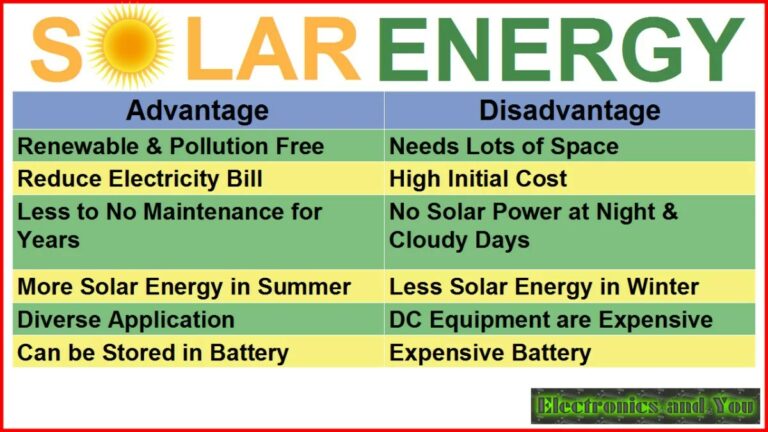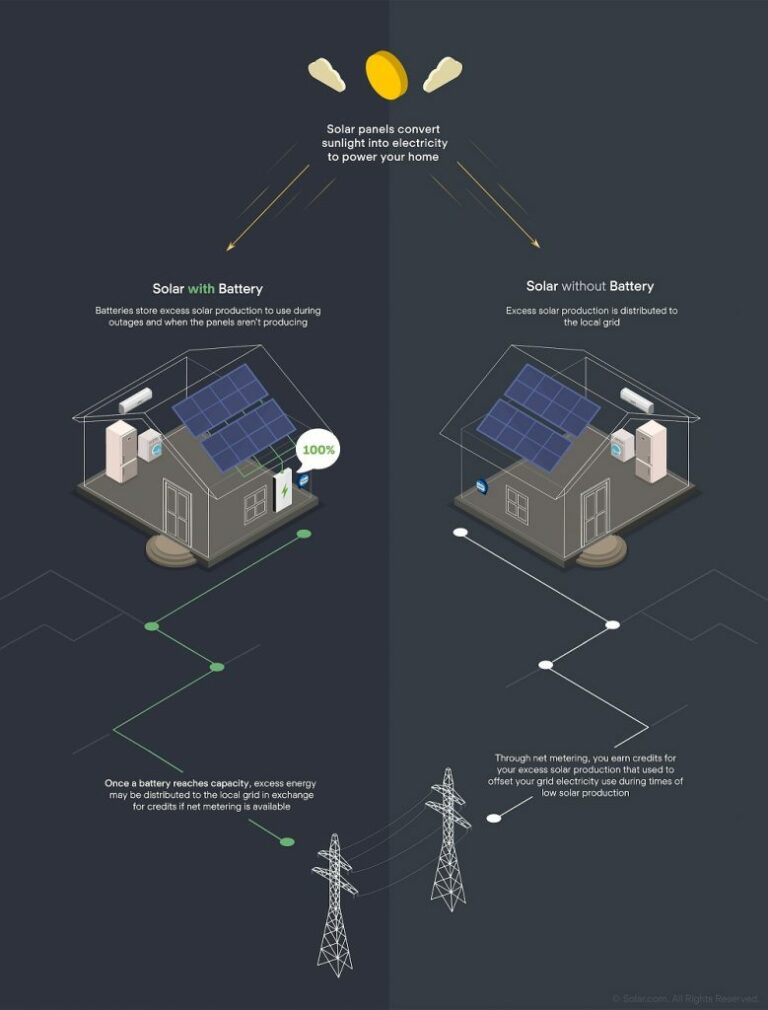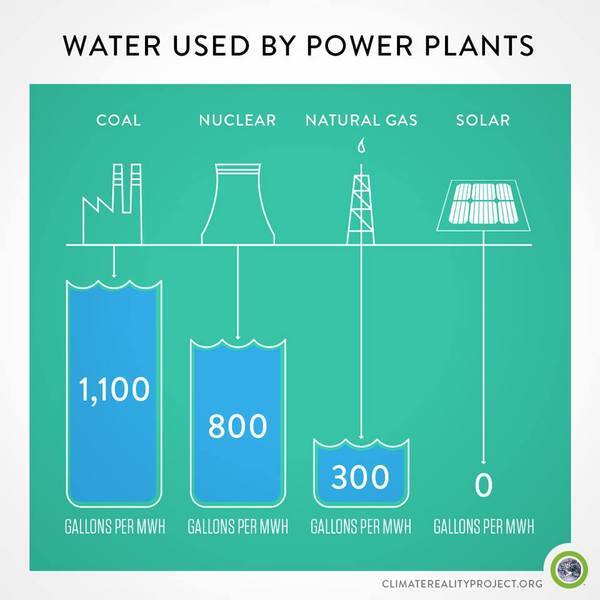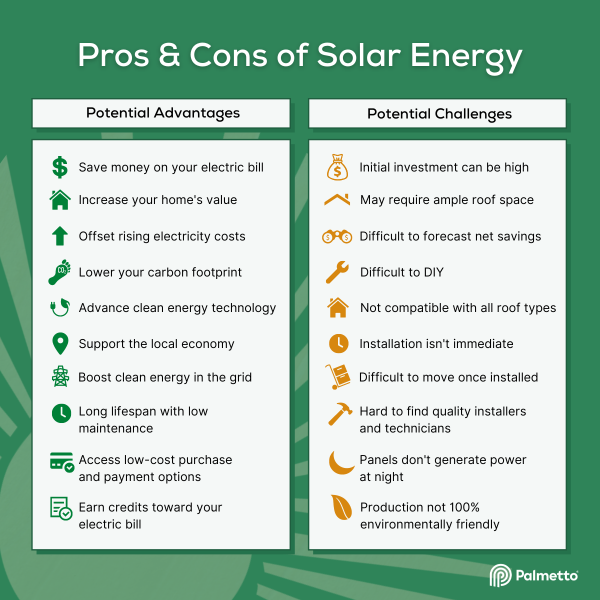How Does Solar Thermal Energy Work?
Curious about solar thermal energy and how it works? Well, you’re in for a sunny treat! In this article, we’ll dive into the fascinating world of harnessing the power of the sun to generate heat and electricity. So, grab your shades and let’s explore how solar thermal energy works!
When it comes to solar thermal energy, it’s all about using the sun’s rays to create heat. Picture this: sunlight is absorbed by solar collectors, which are often made up of flat plates or tubes filled with a heat-absorbing fluid. As the sun’s energy hits these collectors, it transforms into heat that can be used for various purposes like heating water or powering turbines. Pretty cool, right?
Now, you might be wondering how this heat is actually transferred and put to use. Well, that’s where the magic happens! The heat collected by the solar collectors is then transferred to a fluid like water or oil, which is circulated through a system of pipes. This hot fluid can be used directly, like when it’s pumped through radiators to warm up a building, or it can be used to generate electricity through steam turbines. What a clever way to turn sunlight into usable energy!
So, to recap, solar thermal energy is an incredible way to tap into the sun’s power. By using solar collectors to absorb the sun’s rays and convert them into heat, we can enjoy a sustainable and renewable source of energy. From heating up water to generating electricity, solar thermal energy is paving the way for a brighter, cleaner future. Get ready to soak up the sun’s energy in the most efficient way possible!
Discover the power of solar thermal energy! Harnessing the sun’s energy to heat water or air, solar thermal systems use collector panels to absorb sunlight and transfer it into usable heat. This energy can be used to provide hot water for household needs or to heat buildings. Learn how solar thermal energy works and its benefits for sustainable living. Explore the fascinating process that helps reduce carbon emissions and dependence on fossil fuels.
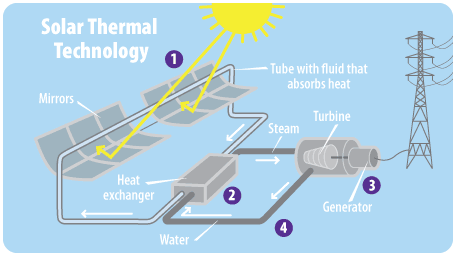
How Does Solar Thermal Energy Work?
Solar thermal energy is a renewable energy source that harnesses the power of the sun to generate heat. This heat can be used for a variety of applications, such as heating water, powering industrial processes, or even generating electricity. In this article, we will delve into the workings of solar thermal energy, exploring the different components and processes involved.
1. Solar Collectors: Absorbing the Sun’s Energy
Solar thermal systems typically consist of solar collectors, which are responsible for capturing the sun’s energy. These collectors are typically made of a dark-colored material, such as black metal or glass, that is capable of absorbing sunlight. When sunlight hits the collector’s surface, it is converted into heat energy. The absorbed heat is then transferred to a fluid, usually water or a specialized heat transfer fluid, flowing through the collector.
Once the fluid has absorbed heat from the solar collector, it is transported to the next stage of the solar thermal system, known as the heat exchanger. Here, the heat is transferred to the desired application, whether it’s heating water for a residential or commercial building, or powering an industrial process.
2. Heat Exchangers: Transferring Heat to Desired Applications
Heat exchangers play a crucial role in solar thermal systems by transferring the captured heat from the solar collectors to the desired applications. These devices are designed to facilitate the transfer of heat from one fluid to another without the fluids mixing.
In the case of heating water, the heat absorbed by the fluid in the solar collector is transferred to a separate water supply through the heat exchanger. This process allows the water to be heated without directly exposing it to the solar collector. The heated water can then be used for various purposes, such as showers, washing dishes, or even space heating.
For industrial processes, the heat exchanger enables the transfer of heat to the specific medium required for the process. This could be a liquid or gas used in manufacturing, food production, or any other industry that requires heat for its operations.
3. Storage Systems: Ensuring Energy Availability
One of the challenges of solar thermal energy is ensuring availability even when sunlight is not directly present. To overcome this, solar thermal systems often incorporate storage systems. These systems allow for the collection and storage of excess thermal energy when the demand is low or when the sun is not providing sufficient energy.
There are various storage methods employed in solar thermal systems, including hot water tanks, phase change materials, and molten salt systems. These storage mediums can store the excess thermal energy for use during periods of low sunlight or high demand. By utilizing storage systems, solar thermal energy can provide a reliable source of heat even during non-optimal conditions.
The Benefits of Solar Thermal Energy
Harnessing solar thermal energy offers numerous benefits, making it a compelling renewable energy solution. Some of the key advantages include:
1. Environmental Sustainability
Solar thermal energy is a renewable energy source that does not produce greenhouse gas emissions during operation. By using solar power instead of fossil fuels, we can reduce our carbon footprint and mitigate the impacts of climate change. It also helps to conserve finite fossil fuel resources.
2. Energy Independence
By harnessing the sun’s energy, solar thermal systems provide a decentralized source of power. This reduces reliance on centralized energy grids and fossil fuel imports, enhancing energy security and independence for individuals, communities, and even entire countries.
3. Cost Savings
Solar thermal energy can lead to significant cost savings over the long term. While the initial installation costs may be higher, the absence of fuel costs and the potential for government incentives or tax credits can offset these expenses. Additionally, solar thermal systems have a long lifespan, reducing the need for frequent replacements.
Common Applications of Solar Thermal Energy
Solar thermal energy can be utilized in various applications, ranging from residential to industrial settings. Here are some of the most common uses:
1. Domestic Water Heating
Solar thermal systems can be used to heat water for residential purposes, reducing the reliance on conventional water heaters and lowering energy bills. This application is particularly popular in sunny regions where a significant amount of hot water is used.
2. Space Heating
Solar thermal energy can be utilized for space heating in residential and commercial buildings. By circulating heated water or a heat transfer fluid through radiators, underfloor heating systems, or air handlers, solar thermal energy can provide an efficient and sustainable heating solution.
3. Industrial Processes
Solar thermal energy finds extensive applications in various industrial processes, such as food processing, drying, heating, and cooling. With the ability to provide high temperatures, solar thermal systems offer an environmentally friendly alternative to traditional fossil fuel-powered industrial processes.
In conclusion, solar thermal energy harnesses the power of the sun to generate heat for a wide range of applications. By utilizing solar collectors, heat exchangers, and storage systems, solar thermal systems can provide clean, sustainable, and cost-effective heat energy. With numerous benefits and diverse applications, solar thermal energy plays a crucial role in our transition to a more sustainable future.
Key Takeaways: How Does Solar Thermal Energy Work?
- Solar thermal energy harnesses the heat from the sun to generate electricity or heat water.
- This process starts with solar collectors that absorb sunlight and convert it into thermal energy.
- The thermal energy is then used to heat a fluid, such as water or oil, which can be stored or used immediately.
- In some systems, the heated fluid is used to generate steam, which then powers a turbine to produce electricity.
- Solar thermal energy is a sustainable and renewable source of energy that can reduce dependence on fossil fuels and lower greenhouse gas emissions.
Frequently Asked Questions
Welcome to our FAQ section on how solar thermal energy works! Below, you’ll find answers to some common questions about this fascinating topic.
1. How does solar thermal energy generate electricity?
Solar thermal energy generates electricity through the use of solar collectors, which absorb the sun’s heat energy. These collectors are typically comprised of mirrors or lenses that concentrate sunlight onto a receiver. The receiver then converts the sunlight into heat, which is used to produce steam. The steam drives a turbine connected to a generator, ultimately generating electricity.
This process relies on the principle of converting solar radiation into thermal energy, which is then transformed into mechanical and electrical energy. By harnessing the sun’s abundant heat, solar thermal energy offers a sustainable and renewable alternative to traditional electricity generation methods.
2. What are the main components of a solar thermal power plant?
A solar thermal power plant typically consists of several key components. Firstly, you have the solar collectors, which are responsible for capturing and concentrating sunlight. These collectors can come in various designs, such as parabolic troughs or solar power towers.
Next, there is the receiver, which absorbs the concentrated sunlight and converts it into heat. This heat is then transferred to a fluid, often a thermal oil or molten salt, which acts as a heat transfer medium. This fluid then transfers the heat to a steam generator, where it produces high-pressure steam. Finally, the steam drives a turbine connected to a generator, generating electricity.
3. How does solar thermal energy differ from solar photovoltaic (PV) panels?
Solar thermal energy and solar photovoltaic (PV) panels are two different technologies that harness solar energy for different purposes. Solar thermal energy focuses on converting sunlight into heat energy, which can be used for heating water, space, or generating electricity.
On the other hand, solar PV panels convert sunlight directly into electricity using the photovoltaic effect. These panels contain semiconductor materials that absorb sunlight and convert it into an electrical current. While solar PV is ideal for smaller-scale electricity generation, solar thermal energy is better suited for large-scale electricity production or heating applications.
4. Can solar thermal energy be used for heating purposes?
Absolutely! In fact, solar thermal energy is highly efficient for heating applications. Solar thermal systems can be used to heat water for residential or commercial use, such as for showers, pools, or radiant heating systems. They can also be employed in industrial processes that require heat, such as in food production or manufacturing.
Thermal energy from the sun can be easily captured and utilized to heat fluids, which can then be circulated through buildings or industrial systems. By harnessing the power of the sun, solar thermal energy offers a sustainable and cost-effective solution for heating needs, reducing reliance on fossil fuels and lowering carbon emissions.
5. Is solar thermal energy a reliable source of renewable energy?
Yes, solar thermal energy is a reliable source of renewable energy. The sun is an abundant and virtually inexhaustible energy source, ensuring a continuous supply of solar radiation. Solar thermal systems can operate effectively in various weather conditions, although their efficiency may vary depending on factors such as sunlight intensity and temperature.
With proper system design and maintenance, solar thermal energy can provide a consistent and dependable source of renewable power. It offers the advantages of reduced greenhouse gas emissions, independence from fossil fuels, and long-term energy cost savings.
Summary
Solar thermal energy is a way to use sunlight to create heat. It works by using special equipment like solar collectors, which trap the sun’s rays and convert them into thermal energy. This energy can then be used to heat water or air for various purposes, such as heating homes or generating electricity. Solar thermal energy is clean and renewable, which means it doesn’t harm the environment or run out like fossil fuels. It’s a great way to harness the power of the sun and reduce our reliance on non-renewable energy sources.

